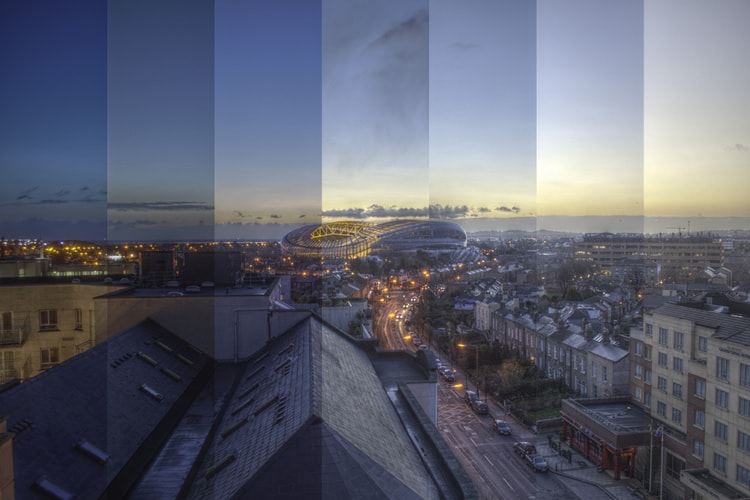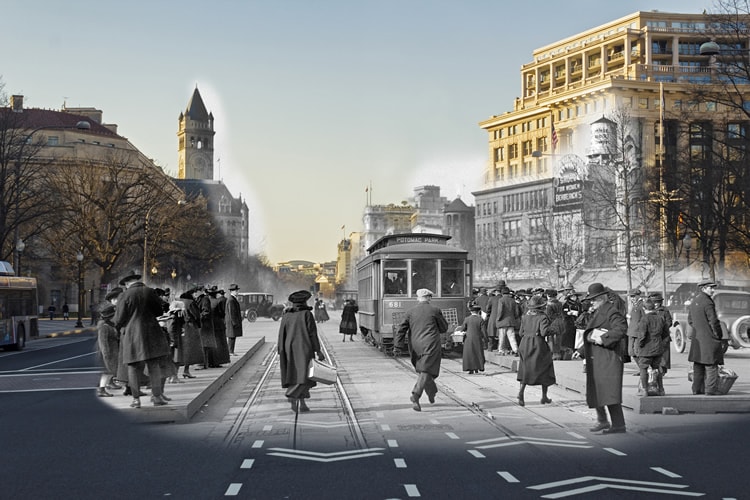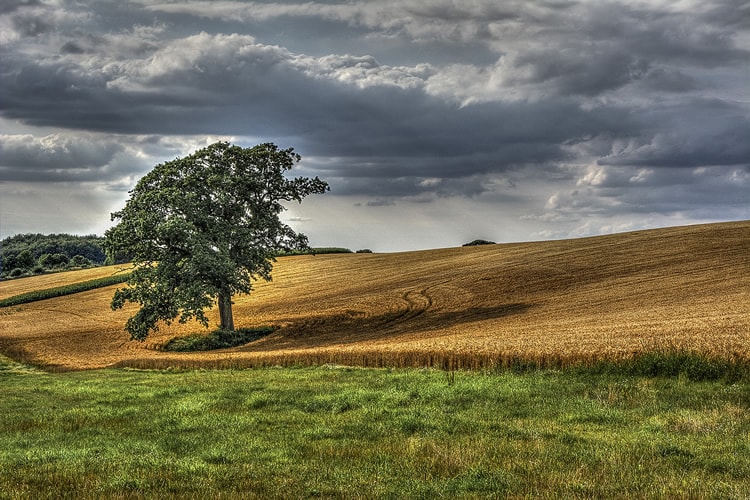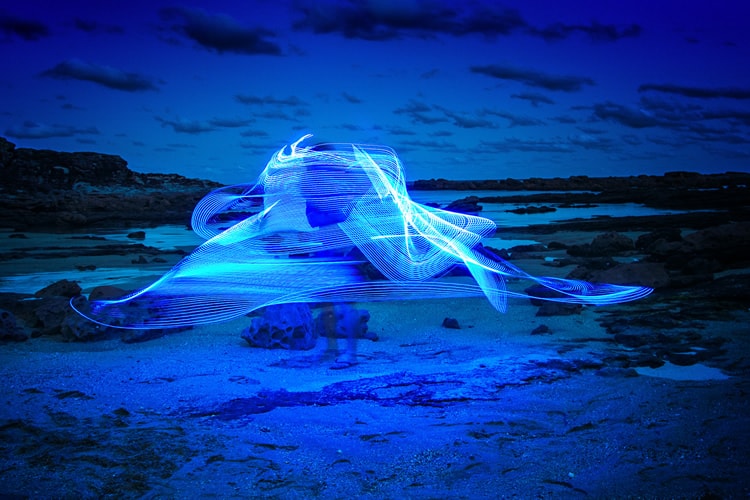5 Popular Photography Styles to Try When the Well is Dry
One of the worst things that can happen to a photographer is hitting a dry spell. The magic has stopped happening and the ideas are just not flowing like they use to. What can you do to help yourself out of this funk?
The obvious answer is to try something new. Taking on a new project can help you find that mojo once again.
Here are five popular photography styles that will help fill in the void and inspire even the most dried up photographers.
Time Lapse Photography

photo by Miguel Mendez
This is a technique where a series of photographs taken over time are played back to create a sped up version of events. Popular subjects for this type of photography include: flowers blooming, foliage changing, construction sites, and busy city streets.
I strongly recommend staying away from all of those subjects and find something else to try time lapse photography on. Time lapse photography is a tricky technique to master, so don’t be surprised if it takes a few attempts to get this project up and going.
James Trent’s article, “How to Shoot Time Lapse Photography”, is a wonderful guide on time lapse photography that will help get you started in the right direction.
Then and Now

photo by KamrenB Photography
Then and now photography is simply recreating an old photograph with an updated subject or location. Recreating childhood moments as adults has been very popular in the last six months.
If you could use a good laugh, then Google “then and now photography” and take a look at some of the silly pictures this style has inspired. Of course the “then and now” idea can be used in more serious contexts such as reproducing or merging old photographs with new ones.
Dig into that old shoe box of photos under the bed and pull out some shots of siblings or locations that are still around today. Recreate the shot by finding similar clothes, props, or just an update of the location. It’s a fun and easy way to get that creative wheel a turning once again.
HDR

photo by Flemming Christiansen
High Dynamic Range (HDR) photography is taking the same photograph at different exposures and combing them to create a clearer, more defined picture. The process is easy enough for anyone with a DSLR camera, tripod, and photo editing software. HDR photography can breathe new life into old locations. Revisit a location or recreate a favorite photo in HDR, you will be amazed at the difference a little extra exposure can make.
If you need some help getting started with this technique check out Michael Gabriel’s article, “HDR Photography 101”. You can also read about my first experience with HDR photography in the article, “The Trials and Errors of HDR Photography”.
Panoramic

photo by Jesus Solana
A panoramic, also known as wide-format, is a photograph with a wide field of view.
There are a variety of ways to create a panoramic photograph. Before the age of photo editing software and cell phones, creating panoramic pictures were a real pain. The process involved sitting in a dark room for hours overlaying exposures onto photo paper.
These days all you technically need is a cell phone with a built in camera, but don’t expect high quality results with this method. The easiest method to capture a panorama photograph is to check your camera to see if it has a panorama setting. If your camera doesn’t have this setting, than no worries, it just means a bit more work.
Any camera and standard lens will work just fine for this style. Start by selecting a location. Ocean sunsets and mountain landscapes are very popular subjects for a panoramic photograph. A tripod is absolutely necessary to keep the shot steady. Use the camera to take a series of photographs across the area, typically between 3 and 5 photos will do. If your camera does not have a panoramic setting you will need to use photo editing software to seamlessly connect the images.
For more tips on taking panoramic photographs check out our other article “Panorama Photography Shooting Methods – Tutorial”.
Light Painting

photo by Colleen Galvin
Light painting photography is a technique where a hand held light source is used to create exposure on a subject. The type of photography is great for inspiring creativity. The results have endless possibilities limited only by the photographer’s will. Any hand held light source will work for this project. Flash lights and speed lights are common tools of the trade, but feel free to get creative.
Again this is another project, where having a tripod is essential. Any camera capable of doing long exposures will work for light photography. This technique can be a bit tricky, so starting out on a small object will probably be more rewarding. Light painting is also a great way to get used to using a camera in manual mode.
For a more complete guide on getting started with light painting photography read our other article “Light Painting 101 – Tips and Tricks to Selectively Illuminate with Light”.
Conclusion
I hope you enjoyed this post. We’d love to know what you do when the well gets dry and inspiration and creativity aren’t there. Please feel free to share your own photography tips & tricks via Twitter or Facebook.
